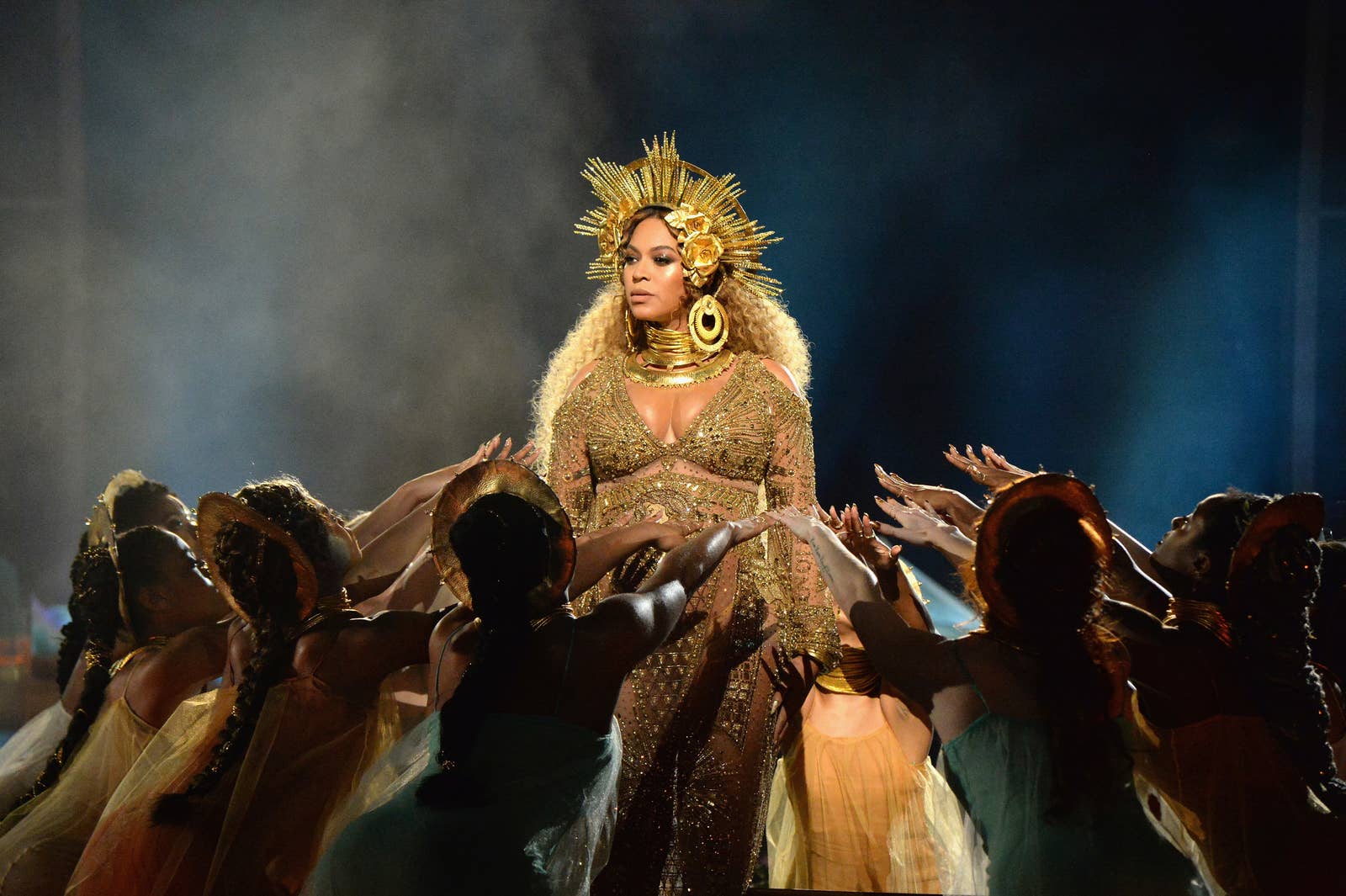
“How would you like me to describe you?” asked journalist Liam Bartlett in a 2007 60 Minutes Australia interview with Beyoncé, who at the time was only 25 years old. “A legend in the making,” she responded.
It’s safe to say that by 2019, after dropping two critically acclaimed albums, a documentary and a film, winning 23 Grammys, and headlining Glastonbury and Coachella (the first black woman to do so), she’s undoubtedly made that happen.
At the start of the decade, however, in 2010, Beyoncé was at a crossroads. She had always been a talented performer. Her solo music was upbeat and catchy; she had bona fide hits with “Irreplaceable” and “Single Ladies (Put a Ring on It),” both topping Billboard’s Hot 100; her dance moves sparked viral parodies; and her vocal performances were commendable.
But in a world where a new class of pop stars were emerging — from the eccentric Lady Gaga, to the chameleonic Rihanna, to the hit-making machine Katy Perry, those traits were not enough for Beyoncé to stand out from her contemporaries in any significant way. (In fact, Beyoncé herself later admitted to Access Hollywood in 2011 that two previous solo albums, 2006’s B’Day and 2008’s I Am... Sasha Fierce, weren’t classics.)
Her 2011 album 4 became the lowest-selling record of her career, and her first attempt at documentary filmmaking, 2013’s Life Is But a Dream, was criticized for being shallow and self-involved. So how did Beyoncé go from clearly talented, but merely mortal pop star, to the woman behind some of the decade’s most memorable, politically radical works of art, credibly claiming the mantle of King of Pop? Through determination, self-discipline, and a notable thwarting of pop music conventions. Bow down.
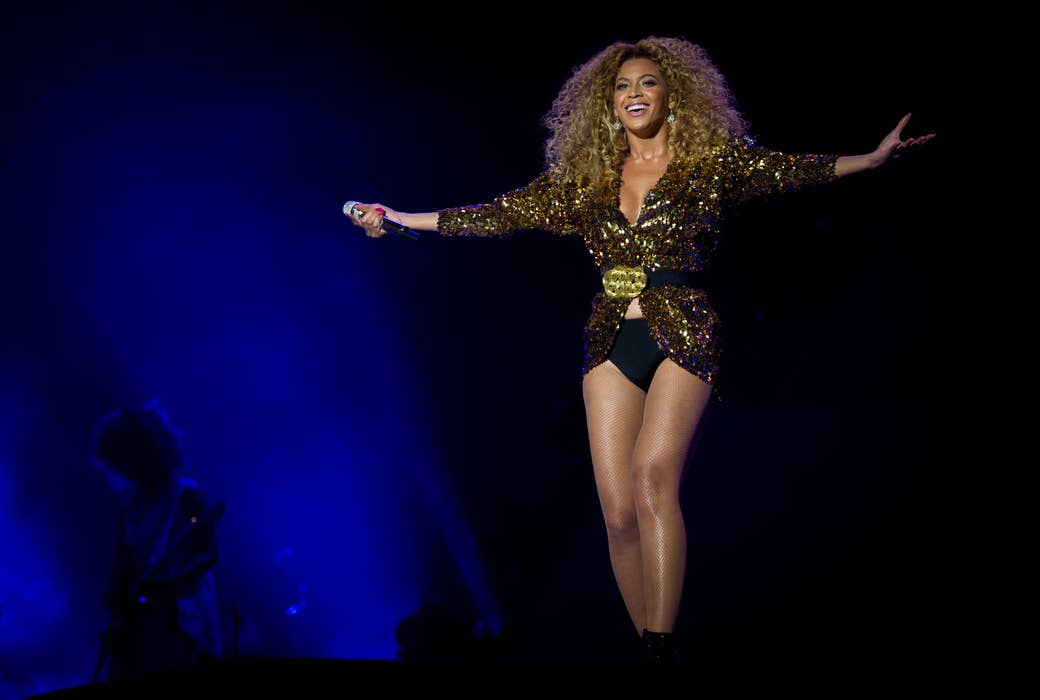
In 2010, Beyoncé had just completed a successful world tour (grossing nearly $120 million worldwide) for her third solo album, 2008’s I Am... Sasha Fierce. That era presented the public with two Beyoncés: Beyoncé the entertainer and Beyoncé the person. One way of looking at the project is that she was splitting herself in two. By employing the gimmicky Sasha Fierce as an alter ego, she was able to silo different music genres on the album — R&B and pop, placed on separate discs — as a means of appealing to a broad audience. But the move felt like a transparent attempt to please everyone, and while the album generated some hits, including the smash single “Single Ladies,” and topped the charts, moving 482,000 copies, it wasn’t a very memorable album. Its success was simply par for the course for a performer of Beyoncé’s level. And Beyoncé seemed burned out.
In January 2010 after her tour was over, she told USA Today that she’d “like to take about six months and not go into the studio.” That sabbatical, which lasted nine months, was eventually captured in 2013’s Life Is But a Dream, an HBO documentary Beyoncé directed, wrote, and produced that was met with lackluster reviews. (Critic Rachel Kaadzi Ghansah later referred to it as a “video-length selfie.”)
Beyoncé seemed burned out.
Though the reviews for the film were mixed, the break itself inspired her album to come. In 2011, she released “Run the World (Girls),” the lead single for her new record 4. It was a song that heavily sampled Major Lazer’s “Pon De Floor” and echoed themes Beyoncé had sung about before, with lyrics about women who were “smart enough to make these millions, strong enough to bear the children, then get back to business.” Her extravagant May 2011 Billboard Music Awards performance solidified this idea. Flanked by an army of majority-women dancers, Beyoncé powered through the visually stunning performance with a stamina and intensity that drew widespread acclaim and sparked an iconic GIF.
The performance indicated that Beyoncé was striving for all-time greatness, a message she would also convey with the artwork for her second single, “Best Thing I Never Had.” The art depicted Beyoncé looking at a mirror in a wood-paneled room, with the phrase “King B” scribbled in lipstick on the mirror’s surface. By refusing to use her customary nickname Queen B, it was clear she was coming for everybody’s wigs, men included.
But while her die-hard fans appreciated the gesture, 4 only sold 310,000 copies in its initial week, Beyoncé’s lowest-performing album to date. All of the singles from the album underperformed as well, with none of them going No. 1 on the Hot 100. (Though some songs like “Countdown,” “Love on Top,” and “Schoolin’ Life” have since become fan favorites.)
Beyoncé appeared mostly unbothered by 4’s lackluster commercial performance, at least publicly. “I wanted to bring chords, bridges, and melody back on the radio. I thought I’ve earned the right to make artistic music and not just radio songs,” she told Good Morning America in July 2011.
But after the commercial disappointment of 4, Beyoncé began making business decisions that worked for her as both an artist and a brand, essentially creating her own rules and measures of success. In 2012, she inked an unprecedented $50 million deal with Pepsi, which would not only make Beyoncé the face of the brand with commercials and print ads, but would fund her creative projects as well.
In 2013, she headlined the Super Bowl. The much-anticipated sporting event, which typically attracts around 100 million eyeballs, was overshadowed by people talking about how the NFL was hiding a “Beyoncé concert in the middle of a football game.”
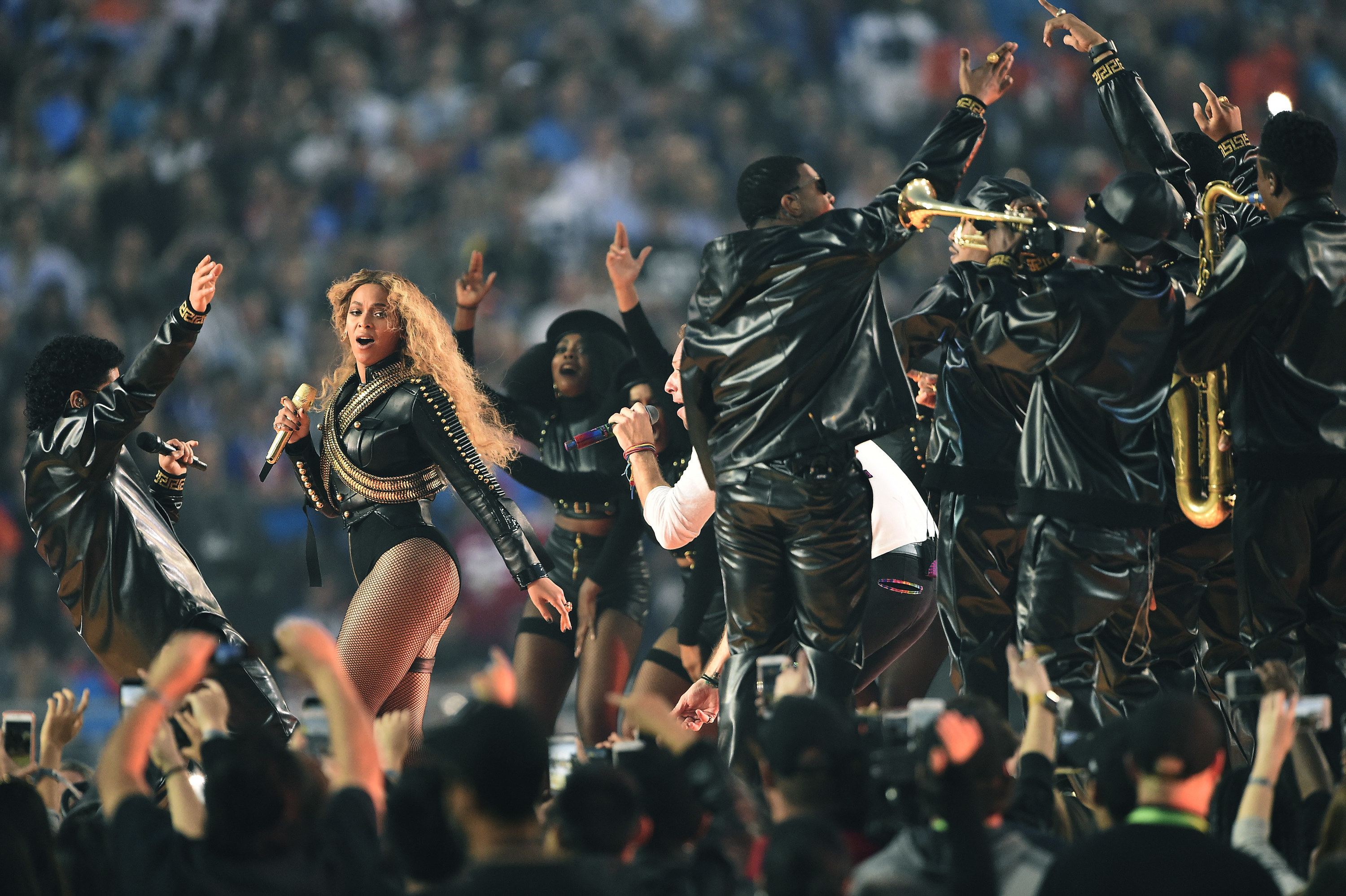
Once her 13-minute set was complete, the lights in the arena cut out, prompting jokes that it was caused by the singer’s greatness. It would have made sense to release a new album as a follow-up to the Super Bowl, as fans were speculating. But that wasn’t Beyoncé’s move. In retrospect, this was a sign that the singer was playing a long game, but no one would see that until later in the fall.
Instead of a new album, she delivered a song — for free — called “Bow Down/I Been On” the next month, which revealed a new, angrier Beyoncé.
“I wanted to bring chords, bridges, and melody back on the radio. I thought I’ve earned the right to make artistic music and not just radio songs.” Beyoncé told Good Morning America.
The gutsy anthem, which included lyrics like “I’m so crown, bow bow down bitches” rubbed some people the wrong way, including singer Keyshia Cole and some professional critics who felt the song was out of step with the singer’s anthems about women’s empowerment. But Beyoncé herself didn’t see it that way. In interviews, she said she woke up and “had a chant in my head, it was aggressive.” She added that she “felt the need to defend herself,” but she didn’t elaborate what from. Perhaps it was her way of pushing back against people who felt that — after her notable pregnancy announcement at the end of her VMA performance in 2011 and the subsequent birth of her first child, Blue Ivy, in 2012 — it was time for her to put her career on hold. Maybe she was just having fun, something that seems to rattle people who often project their own feelings of inadequacy onto Beyoncé. Or maybe, it was a warning that she was preparing the public for something much bigger.
Ten months after her Super Bowl performance, without any promotion or prior announcement, in the early morning hours of December 13, 2013, the singer dropped Beyoncé, a 14-track album with 17 accompanying music videos. The album was a major success, both critically and commercially, shipping more than 800,000 units worldwide in its first three days, becoming one of the fastest-selling albums in iTunes history and securing Beyoncé a fifth consecutive No. 1 album on the Billboard 200. (She was the first woman to ever accomplish that feat.) By the album’s fifth day of release, it had sold more than 1 million copies.
Though surprise album drops weren’t new (David Bowie and My Bloody Valentine had pulled them off before), the fervor around Beyoncé was unprecedented, driven in part by social media and the nature of Beyoncé’s huge mainstream celebrity. And then there was the music. The songs were sexually explicit and intimate, exploring the sexual escapades of the singer and her husband, Jay-Z, from their nights surfborting while alcohol is free-flowing on “Drunk in Love,” to their sneaky sexual adventures in back of limousines on “Partition.” She sang about her own sexual pleasure on tracks like “Blow,” instructing her lover on the exact way to devour her “Skittle” while she leans back and enjoys the moment. While past Beyoncé songs have talked about sex, none of them were ever this explicit.
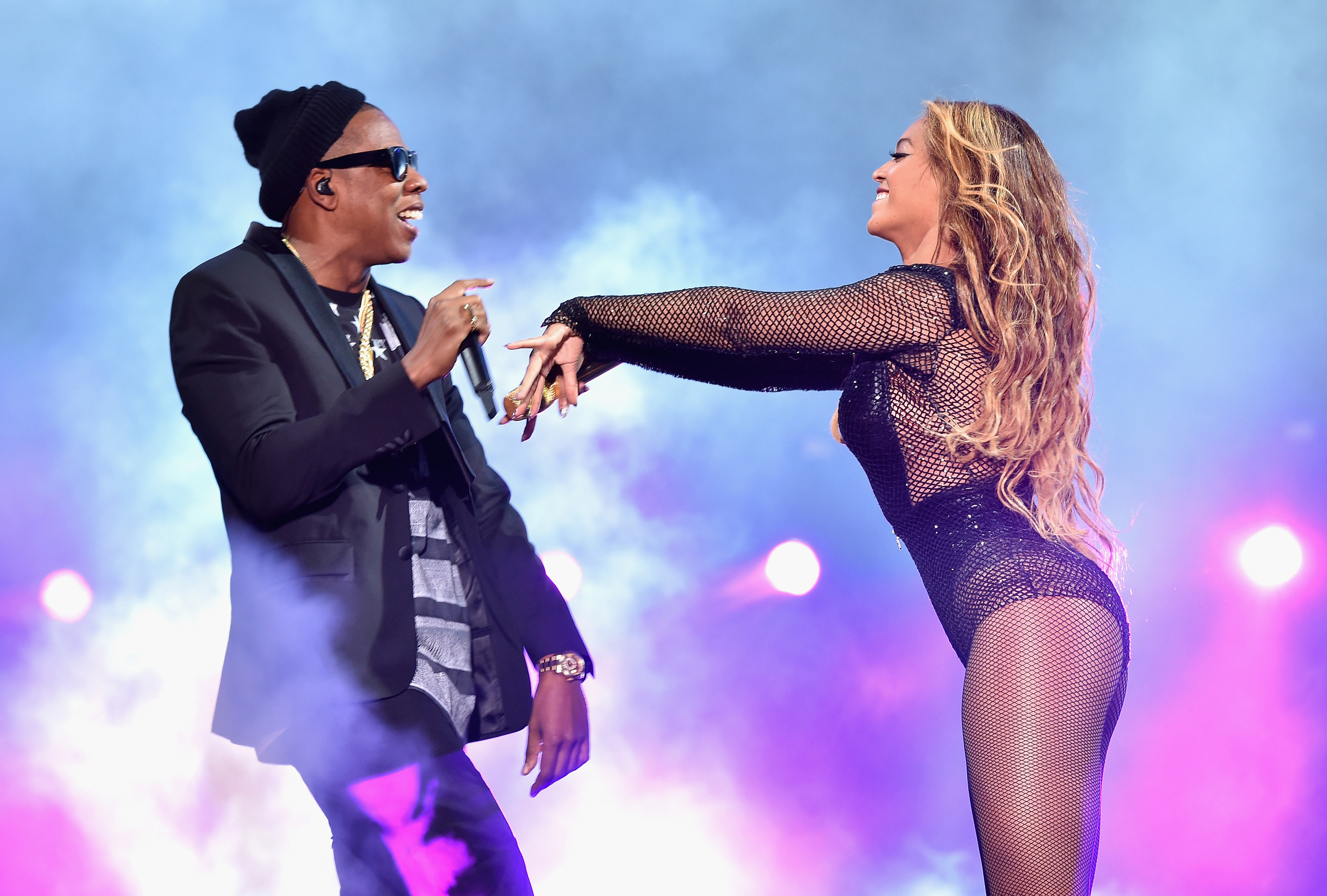
The album wasn’t just about sex, however. After years of creating women’s empowerment anthems like “Independent Women” — and some not-so-empowering bops like “Nasty Girl” from her Destiny’s Child days — Beyoncé also notified the world about her thoughts on feminism. On the track “Flawless,” Beyoncé smartly fused lyrics from “Bow Down/I Been On” with the sonorous voice of writer Chimamanda Ngozi Adichie, turning a song that had been criticized for pitting women against each other on its head as Adichie preached about equality among the sexes. She sang about having a miscarriage in “Blue,” and in “Rocket,” she mentions how “comfortable” she is in her own skin while briefly throwing shots at “cyclical trends,” a reference to her desire to break out of the music industry’s conventional approach to, well, everything.
Critics were breathless with adoration for the new, bolder Beyoncé. The New York Times called the project “steamy and sleek, full of erotic exploits and sultry vocals”; Rolling Stone described it as “moodily futuristic R&B, strongest when it goes for full-grown electro soul with an artsy boho edge”; and Pitchfork, which gave the album an 8.8 and called it Best New Music, said the album “finds Beyoncé shifting gears to pull off her most explicit and sonically experimental music to date, exploring sounds and ideas at the grittier margins of popular music.”
Though surprise album drops weren’t new (David Bowie and My Bloody Valentine had pulled them off before), the fervor around Beyoncé was unprecedented, driven in part by social media and the nature of Beyoncé’s huge mainstream celebrity.
But Beyoncé wasn’t interested in obsessing over her accomplishments. In a candid moment about the process of making Beyoncé, the singer touched on the emptiness of sacrificing the most important things in life for ephemeral things like trophies and awards. “I have a lot of awards and I have a lot of these things and they’re amazing and I worked my ass off, I worked harder than probably everybody I know to get those things,” she said. “But nothing feels like my child saying mommy, nothing feels like when I look my husband in the eyes, nothing feels like when I’m respected when I get on stage and I see I’m changing people’s lives.”
Perhaps what’s most striking about the album is that she didn’t have to sacrifice parts of herself to make it or create an alter ego to express things about herself that might’ve soured some listeners. And she didn’t make herself beholden to the same measures of success of previous albums. Instead, Beyoncé chose not to shy away from topics of sex, politics, and motherhood and its complications, and as a result, fans related to her in a deeper, more meaningful way. And both Beyoncé and her following album, 2016’s Lemonade, were much more personal than previous albums. As exemplified on tracks like “Sorry” and “Don’t Hurt Yourself,”Beyoncé suggests that Jay-Z cheated on her, an implication Jay-Z appeared to confirm when he released his own soul-baring project, 4:44, in 2017. Her pivot to a more seemingly authentic approach to her music would continue to be evident in the music and films she released in the latter half of the decade.
The release of 2016’s “Formation” continued the theme of Beyoncé highlighting touchier subjects in her art, a decision that terrified white people. The song’s lyrics were unabashed when it came to praising black physical features — “I like my negro nose with Jackson Five nostrils,” and the singer’s own black Southern roots — “My daddy Alabama, momma Louisiana / You mix that negro with that Creole make a Texas bamma.” The music video was just as black, highlighting black joy and pain in various forms, and featured Beyoncé taking a purported anti-police stance, as she crouched on top of a cop car being submerged in water. That message in the New Orleans–set visual is enhanced with the words “Stop shooting us” spray-painted on a wall and an imposing flank of cops in full body armor standing in line as a young black boy wearing a hoodie dances in front of them.
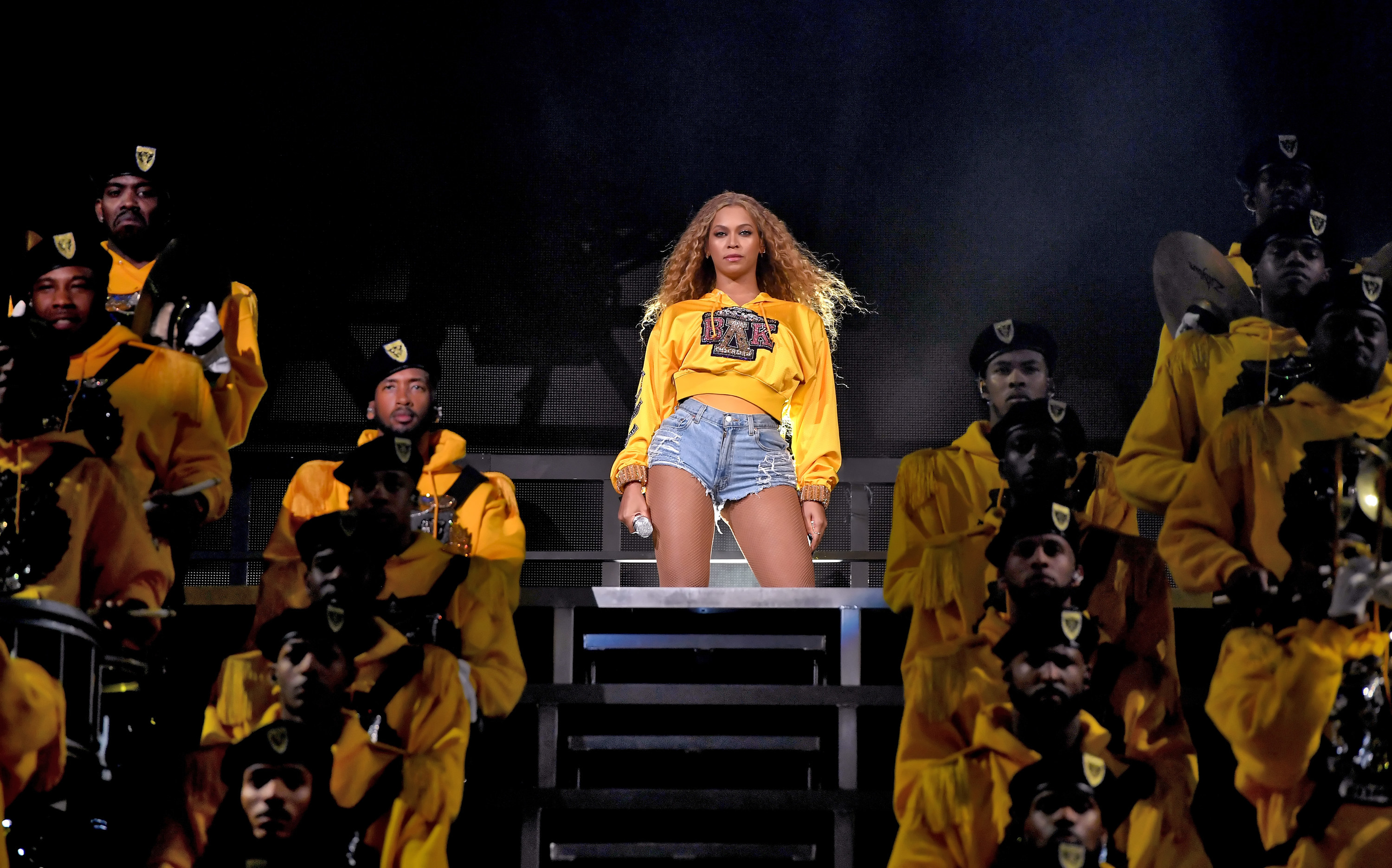
When you think about the seemingly countless publicized deaths of young black boys, such as Tamir Rice, Michael Brown, Jordan Davis, and Trayvon Martin, the imagery in the video is especially profound. The Black Lives Matter movement was one of the most important social movements this decade, and for one of the biggest stars in the world to use her influence and privilege to echo its aims was tremendous. Beyoncé further leaned into making Americans — and the rest of the world — reckon with the pain and trauma of black people in her art with the release of Lemonade, an album and accompanying film that focused heavily on the black woman experience, with themes of love, infidelity, and forgiveness. The mothers of young black boys and men who were killed by police were featured in the accompanying HBO movie, looking solemnly at the camera while holding photographs of their deceased children.
The premonitory nature of “Formation” as a protest song speaks volumes when you consider that the track was released in February 2016, nine months before Donald Trump, the “mendacious racist,” won that year’s presidential election. Beyoncé’s venture into protest music — expanded upon with the track “Freedom” featuring Kendrick Lamar and her decision to pay homage to the Black Panthers in a performance at the 2016 Super Bowl — ruffled the feathers of various police unions around the nation. The singer addressed these concerns in a 2016 Elle interview, saying, “I’m an artist and I think the most powerful art is usually misunderstood. But anyone who perceives my message as anti-police is completely mistaken.” She added that she had “so much admiration and respect for officers and the families of officers who sacrifice themselves to keep us safe. But let’s be clear: I am against police brutality and injustice. Those are two separate things.”
The Lemonade era arguably came to a close when Beyoncé, pregnant with twins and dressed as a golden goddess, invoking both Madonna and the Yoruba deity Oshun, gave a memorable performance at the 2017 Grammys. That same night, she won the award for Best Urban Contemporary Album, even though she absolutely should’ve won Album of the Year, and Adele, who took home the top award, even admitted as much. The speech Beyoncé delivered encapsulated what may ultimately be the lasting legacy of Lemonade. “My intention for the film and album was to create a body of work that would give a voice to our pain,” she said, “our struggles, our darkness, and our history, to confront issues that make us uncomfortable.”
In the years since the release of Lemonade, Beyoncé has been committed to uplifting black artists within her own work, from being adamant that Tyler Mitchell photograph her on last year’s September issue of American Vogue (the first black person to photograph a Vogue cover) to her Homecoming Coachella performance and subsequent 2019 documentary, where the overwhelmingly white festival was treated to one of the blackest concerts in recent memory.
Among Beyoncé’s contemporaries, there is no one else who has the same work ethic or who inspires the same reverence from fans — both online and off. She is one of the few marquee names in music who can command our undivided attention in an increasingly crowded pop culture landscape. Her surprise album drops have set a trend that other music heavyweights emulated, including Frank Ocean and Drake. Even her outlook on success has changed. She once talked about how she wasn’t pressed to be No. 1 on the charts anymore, and why should it matter, especially since she has more Grammy Awards than any other woman artist, with the exception of Alison Krauss?
During a rehearsal for her Coachella performance, highlighted in Beyoncé’s Netflix documentary Homecoming, the singer begins a prayer and says to God: “I ask that we’re able to touch people and give them hope, to make people feel beautiful, strong, and united.” Her ascent to becoming the King of Pop was hard-won, but what makes her dominion significant is that she understands the transformative power of using art and performance to enrich people’s lives, most especially black people, so that they can finally see themselves reflected in it. ●
